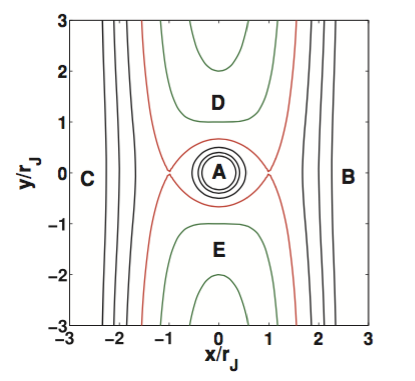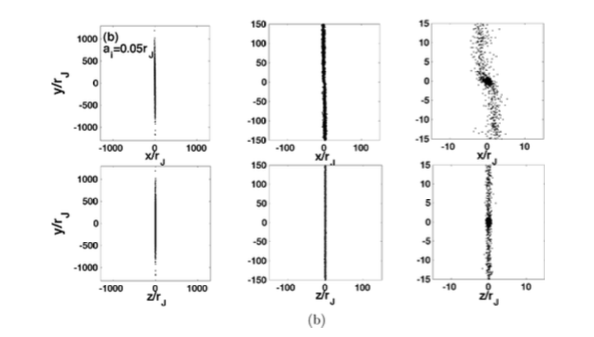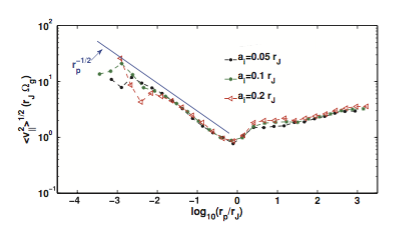The Evolution of Wide Binary Stars
- Jiang & Tremaine, 2010, MNRAS, 401, 977
- Jan 1, 2010
- 1 min read

We study the orbital evolution of wide binary stars in the solar neighbourhood due to gravitational perturbations from passing stars. We include the effects of the Galactic tidal field and continue to follow the stars after they become unbound. For a wide variety of initial semimajor axes and formation times, we find that the number density (stars per unit logarithmic interval in projected separation) exhibits a minimum at a few times the Jacobi radius rJ, which equals 1.7 pc for a binary of solar-mass stars. The density peak interior to this minimum arises from the primordial distribution of bound binaries, and the exterior density, which peaks at a sepa- ration of ∼100–300 pc, arises from formerly bound binaries that are slowly drifting apart. The exterior peak gives rise to a significant long-range correlation in the positions and velocities of disc stars that should be detectable in large astrometric surveys such as Gaia that can measure accurate three-dimensional distances and velocities.













Comments